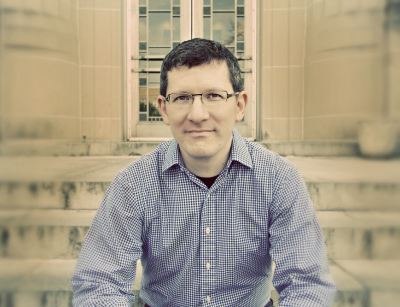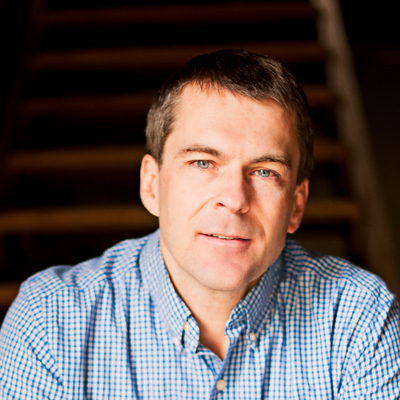
Christian Study Centers do not yet have a recognizable ‘brand.’ As such, they still require explanation. That is why we continue to articulate our vision and mission in our newsletters. Once in a very rare while, somebody not formally affiliated with the movement gets it and even explains it. The following is from an interview with Andy Crouch ’90, posted on Faith & Leadership:
Q: Many secular places like Harvard and Duke have Christian institutions embedded within them. Do these embedded Christian institutions make things possible in the secular environment that would not be possible otherwise?
A: Institutions we call “secular” are much richer and more complicated than that term would imply. For example, there are probably more Christian students at Harvard College, the undergraduate part of Harvard University, now than there have been since the 18th century. The faculty is less monolithically secular than it is imagined to be by those who fear these institutions. This, of course, raises the question, if there is no purely secular institution, what is the place of people of faith within these places?
Actually, the most effective presence of Christians within secular institutions happens when Christians find a way to create lasting patterns of presence, which is to say mini-institutions. The least effective way to be Christian in a secular environment is as an individual who passes through and metaphorically hands out little tracts, witnessing, and then is gone.
You have to make a multigenerational commitment to Christian presence. Probably the most encouraging movement in our time is our Christian study centers that operate in parallel with the university, with deep relational connections to the faculty and administration of the university. They are intended to exist for a long time, accompanying the university in its own quests of teaching, research and service, but in a Christian way.
We have one that is quite robust at the University of Virginia. Cornell, my alma mater, has a great one called Chesterton House. These are relatively recent. They come from the return of evangelical Christians to serious engagement with the academy in the last two generations. They’re very hopeful models of institutional interaction that may be more effective over time than chaplaincies have been.
Chaplaincies often have not seriously engaged the intellectual work of the university, at least not as part of their fundamental purpose. They offered worship environments and spiritual-formation environments but not systematically intellectual environments to ask and address the questions that the university is asking. That’s what Christian study centers provide that chaplaincies often have not provided.
Thank you Andy.


